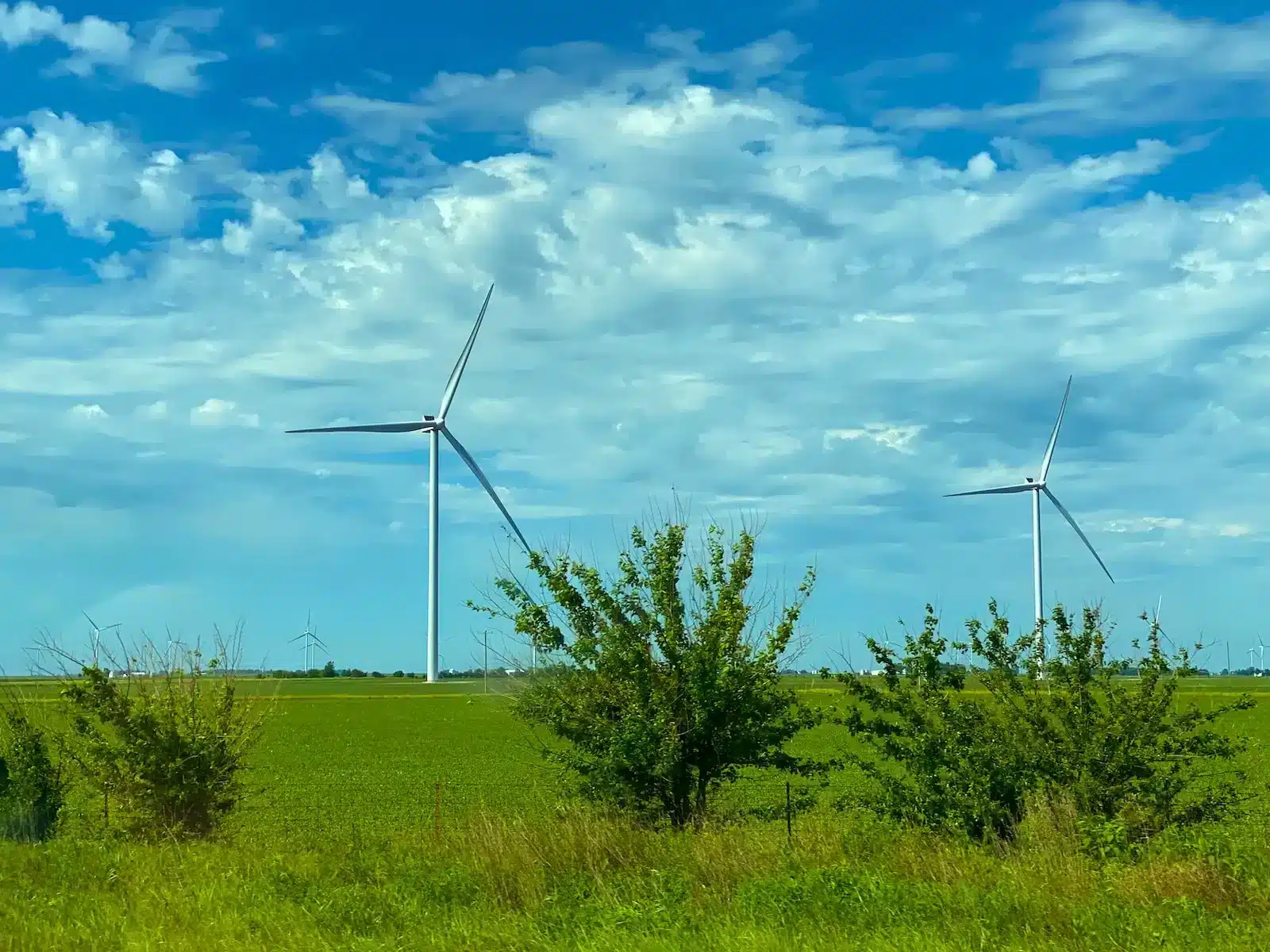
ODP is a measure of how much a refrigerant depletes the ozone layer in the stratosphere over a specific time period, usually 100 years, compared to chlorofluorocarbon-11 (CFC-11), which has an ODP of 1. The higher the ODP, the more the refrigerant depletes the ozone layer. The refrigerant that has the highest ODP is halon-1301, which has an ODP of 10.
ODP is a relative scale that compares the amount of ozone destroyed by a unit mass of a refrigerant to the amount of ozone destroyed by a unit mass of CFC-11 over a given time period. For example, if a refrigerant has an ODP of 0.5, it means that one kilogram of that refrigerant will destroy 0.5 kilograms of ozone over 100 years.
ODP matters because it reflects the impact of refrigerant emissions on the ozone layer. The ozone layer is a thin layer of gas in the stratosphere that protects the earth from harmful ultraviolet (UV) radiation from the sun. UV radiation can cause skin cancer, eye damage, immune system suppression, and crop damage.
Refrigerants can leak from cooling systems due to improper installation, maintenance, or disposal. When they reach the stratosphere, they can react with ozone molecules and break them down into oxygen molecules. This reduces the amount of ozone in the stratosphere and creates a hole in the ozone layer.
The higher the ODP of a refrigerant, the more it depletes the ozone layer and the more it affects the earth’s health. Therefore, it is important to use refrigerants with low ODP values and to prevent or minimize refrigerant leaks.
 How to Choose a Low-ODP Refrigerant?
How to Choose a Low-ODP Refrigerant?Choosing a low-ODP refrigerant is not only good for the ozone layer, but also for your cooling system and your wallet. Low-ODP refrigerants can offer better performance, efficiency, and reliability than high-ODP refrigerants. They can also help you comply with current and future regulations that aim to phase out or phase down high-ODP refrigerants.
However, choosing a low-ODP refrigerant is not as simple as picking the one with the lowest ODP value. You also need to consider other factors, such as:
To help you choose a low-ODP refrigerant, you can consult with your cooling system manufacturer or service provider. They can recommend you the best low-ODP refrigerant for your specific application and equipment.
There are many low-ODP refrigerants available in the market today. Some of them are natural refrigerants, such as ammonia (R-717), carbon dioxide (R-744), hydrocarbons (propane R-290, iso-butane R-600a, etc.), water (R-718), air (R-729), etc. These refrigerants have very low or zero ODP values and are environmentally friendly. However, they may also have some drawbacks, such as flammability, toxicity, high pressure, low efficiency, etc.
Other low-ODP refrigerants are synthetic or man-made refrigerants, such as hydrofluorocarbons (HFCs), hydrofluoroolefins (HFOs), or blends of HFCs and HFOs. These refrigerants have low or very low ODP values and are designed to replace high-ODP refrigerants such as chlorofluorocarbons (CFCs) or hydrochlorofluorocarbons (HCFCs). However, they may also have some drawbacks, such as flammability, mild toxicity, high cost, high GWP, etc.
Here are some examples of low-ODP refrigerants:
Refrigerant is a substance that is used to transfer heat in cooling systems. Refrigerant can have different ozone depletion potential (ODP) values, which measure how much they deplete the ozone layer in the stratosphere over a specific time period compared to CFC-11. The higher the ODP, the more the refrigerant depletes the ozone layer.
The refrigerant that has the highest ODP is halon-1301, which has an ODP of 10. However, choosing a low-ODP refrigerant is not as simple as picking the one with the lowest ODP value. You also need to consider other factors, such as GWP, safety, compatibility, availability, etc.
To choose a low-ODP refrigerant for your cooling system, you can consult with your cooling system manufacturer or service provider. They can recommend you the best low-ODP refrigerant for your specific application and equipment.
